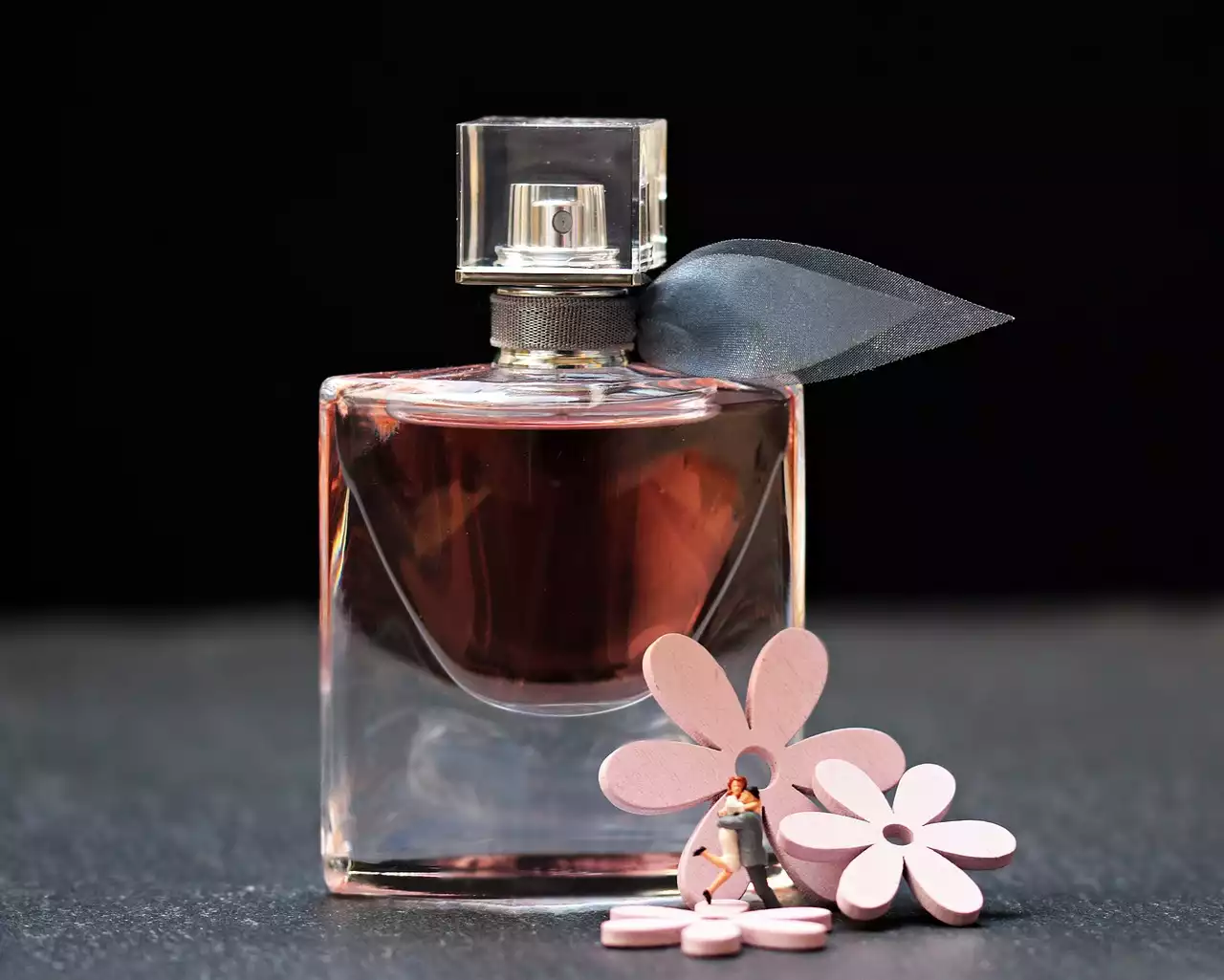Toenail art may seem like a fad, but the history of painting toenails is much older than you might think. The fashion and beauty industries are constantly changing, with something new coming out all the time. Nowhere is this more apparent than in the world of nail art. When you think about it, painting your nails isn’t exactly new. People have been doing it for as long as there have been nails to paint. The big change is that people are now doing it in public and sharing their experiences on social media. To be perfectly fair, there’s nothing inherently wrong with that. It just goes to show that innovation and trends can come from anywhere at any time.
Antiquity
This is the era of the Roman Empire, which spanned from 27 BCE to 395 CE. Women were still painting their toenails, but men were now joining them in the trend. It’s not clear why the Romans decided to start painting their nails in the first place. There are several theories about this, but none of them has been proven. It’s also unclear why women continued to be the main beneficiaries of this practice. With the fall of the Roman Empire, nail art was largely forgotten for several centuries. It re-emerged in Europe during the Renaissance when people started using decorative elements on their fingernails again. Nail decoration was mainly the domain of the wealthy, though, as they had access to expensive materials and services that the poor could not afford.
Renaissance and Enlightenment
The 18th century was a time of transition, as the Industrial Revolution brought many changes to Western society. The history of painting toenails was affected as well, with nail glue becoming popular among women. The practice was not as common as it is today, but it was enough to spark curiosity in the minds of poets and writers. In 1835, for example, Charles Dickens published a short story called “The Dilemma of the Toenail.” It’s about a woman who obsesses over her toenails to the point where she risks damaging her feet. In the 19th century, toenail art was most commonly seen among women in the upper classes. This was the era of the Victorian era, which spanned from 1837 to 1901. Women of this era often decorated their toenails with gems, jewels, and other decorative elements made of precious metals and stones.
19th Century
The 19th century was an age of rapid change and industrialization. This also marked the beginning of the Industrial Revolution, which saw new technologies and innovations emerging at a rapid pace. It was an age of progress and advancement, but it wasn’t all smooth sailing. There were people who were being left behind and others who were being exploited. Needless to say, there were also high levels of racism and sexism. In the 19th century, toenail art became a trend among circus performers. They used it as a form of self-expression, as well as a way to differentiate themselves from the rest of society. Toenail art was also popular among women in the brothels, who would use it to identify themselves and their special skills.
Early 20th Century: Nail Decoration Goes Mainstream
The early 20th century was a time of transition. It was the beginning of the Modern Age, which spanned from 1901 to 1939. The world was changing and evolving rapidly, which is why we saw so many fashions and trends coming and going during this period. Some of them were crazy, while others turned out to be permanent fixtures in our cultural landscape. One of the trends that started in the early 20th century was nail decoration. This was the result of a combination of factors, such as the rise of the working class, the development of new technologies, and the ever-growing popularity of Hollywood and the entertainment industry. Nail decoration became more popular among women of all social classes, though it remained more common among the upper classes. This was the era of Art Deco, which spanned from the 1910s to the 1930s.
21st Century and Beyond: The Return of Toe Nail Art
You might think that the history of painting toenails would end here, but it actually continued. The early and mid-20th century saw nail art become increasingly popular, but it was mostly limited to fingernails. People would put rhinestones on their nails or paint them with basic designs, but that was about it. Toe nail art, on the other hand, remained limited to certain cultures and subcultures. This was particularly true in Latin America, the Middle East, and Asia. Some nail salons even offered toenail art as an additional service, but it was far from mainstream. In the 21st century, toenail art once again became a trend. It’s not clear why this happened, but it could be for a couple of reasons. For one, the world became increasingly interconnected thanks to the internet. We saw more global exchanges and collaborations than ever before, which is why new fashions and trends were emerging all the time. Toenail art was one of them.


 The World's Most Popular Cruise Destinations
The World's Most Popular Cruise Destinations The Most Popular Cruise Companies
The Most Popular Cruise Companies
 Streaming Television is Taking Over
Streaming Television is Taking Over What Does a Salon Pedicure Involve?
What Does a Salon Pedicure Involve? Top Ideas For Summer Pedicures
Top Ideas For Summer Pedicures How to Treat A Fungal Toenail Infection
How to Treat A Fungal Toenail Infection How To Treat and Prevent Ingrown Toenails
How To Treat and Prevent Ingrown Toenails